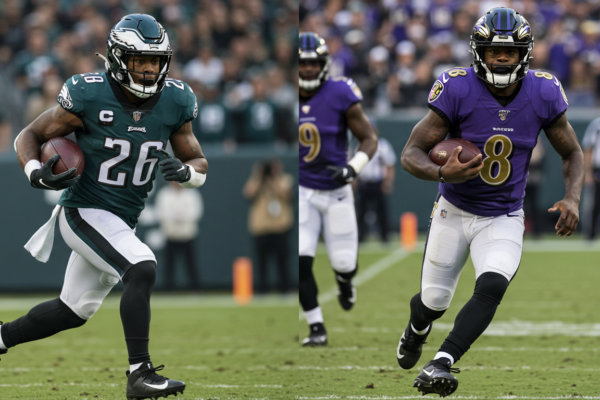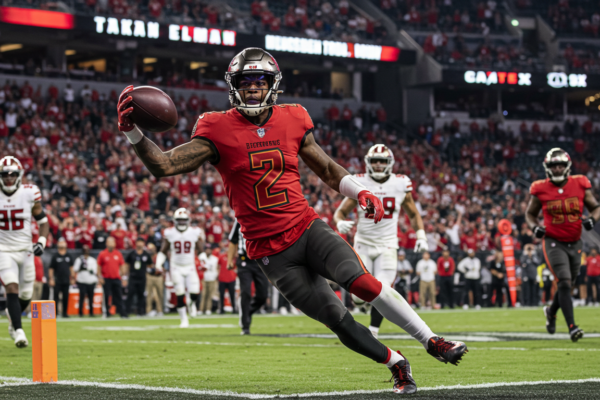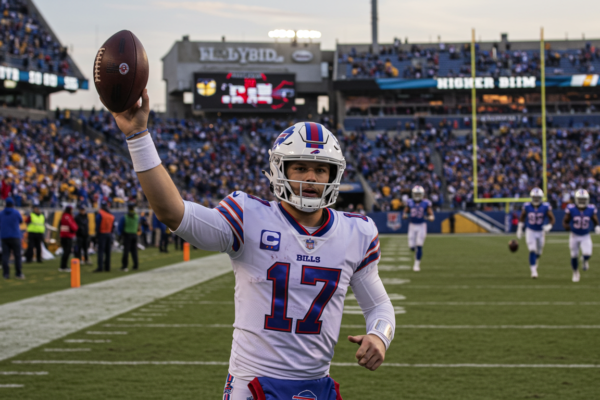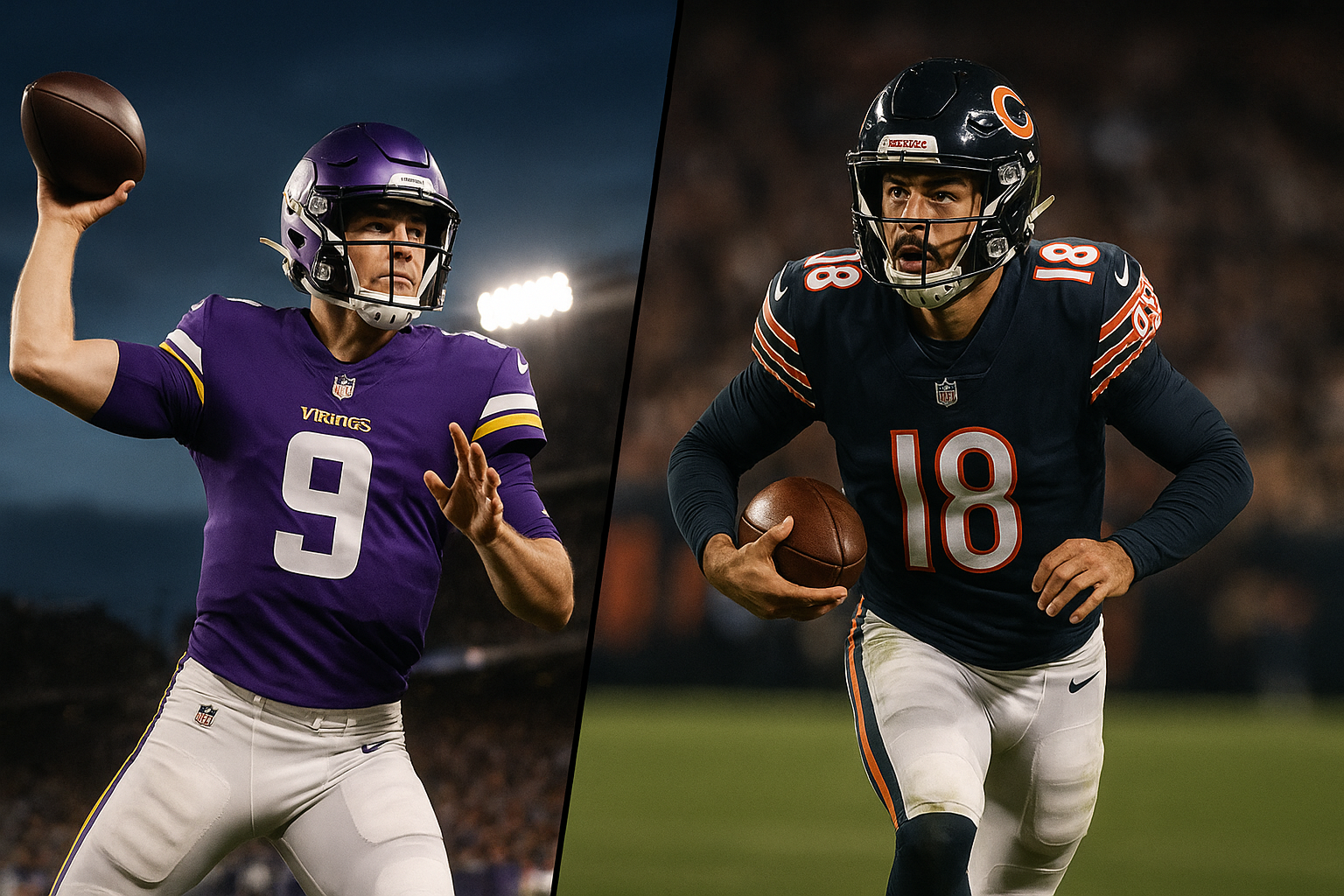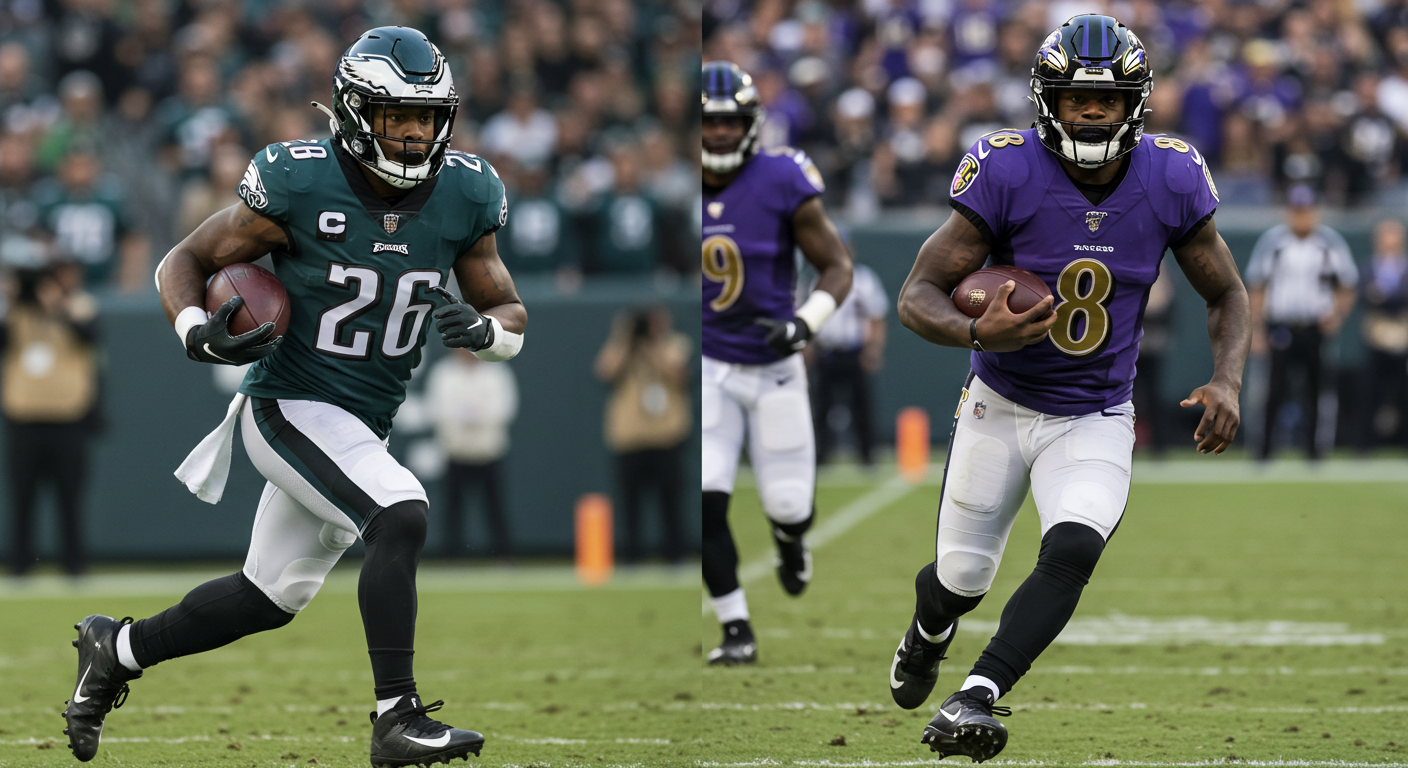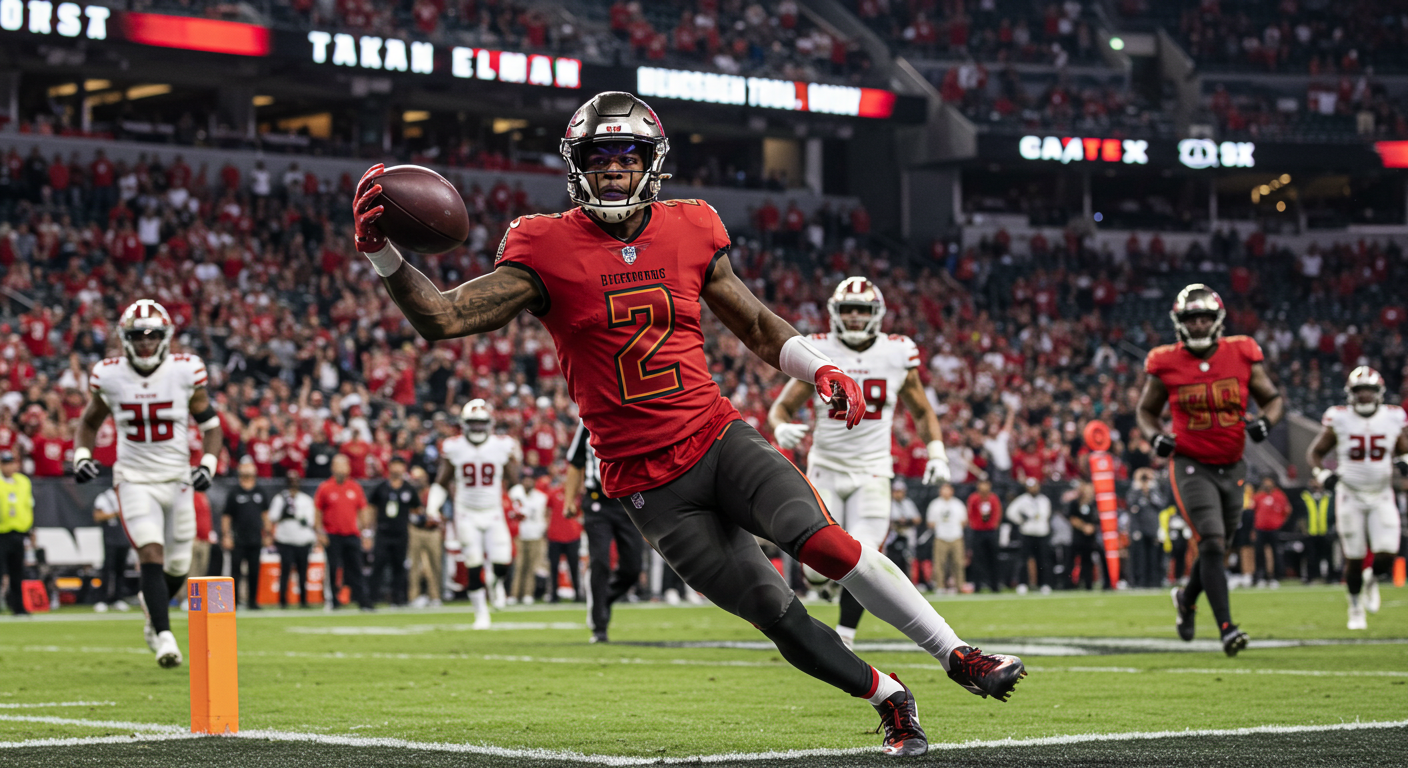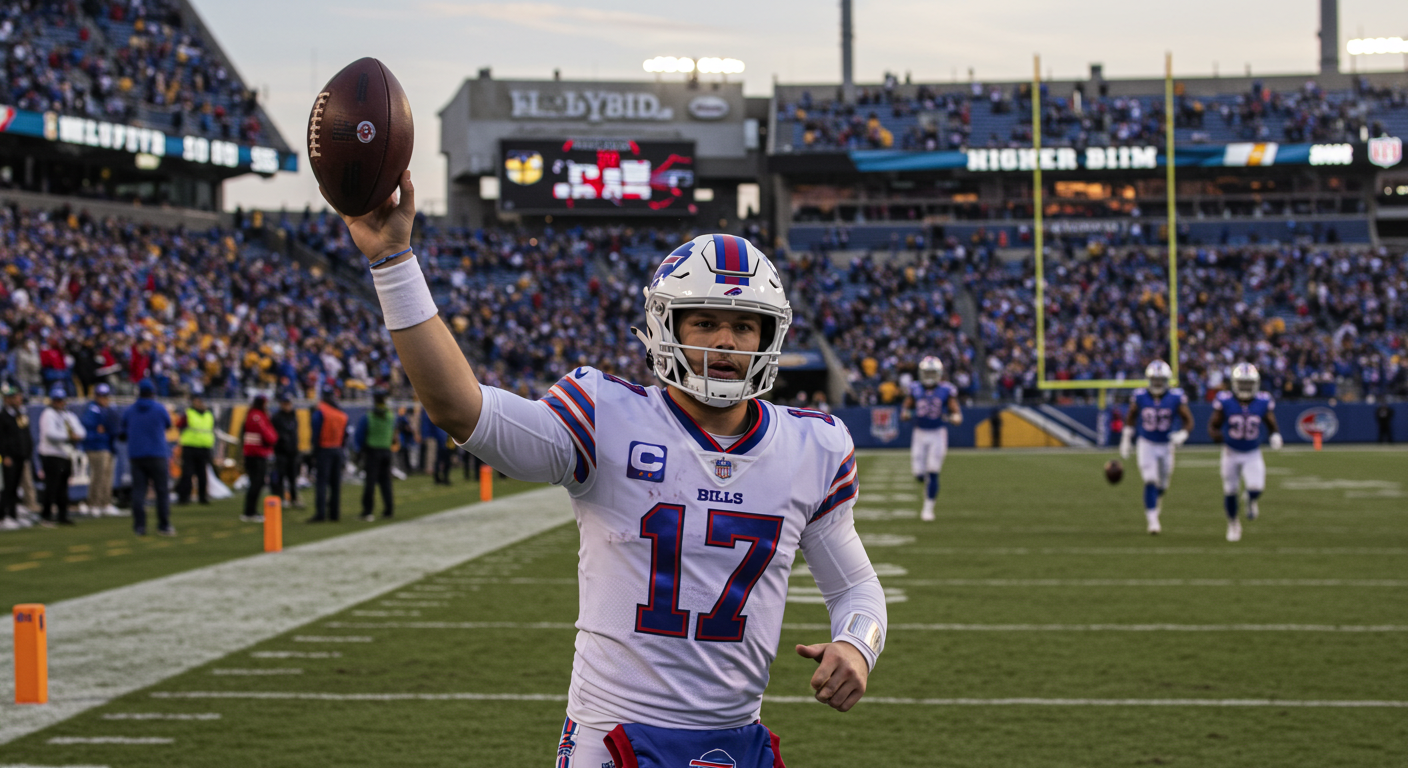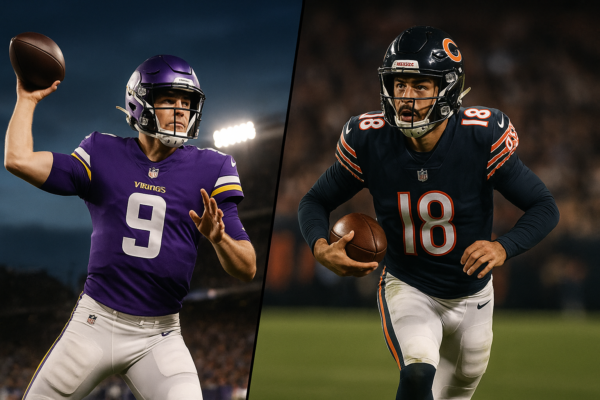

Phoenix Suns vs Timberwolves Match Player Stats (Mar 28, 2025) | Complete Analysis
When examining the Phoenix Suns vs Timberwolves match player stats from March 28, 2025, the numbers only scratch the surface of what truly happened on the court.
I’ve been covering NBA matchups for several years, and this particular game caught my attention for good reason.
Table of Contents
The Target Center Showdown: Context Matters
The Timberwolves hosted the Suns at Target Center and walked away with a decisive 124-109 win that wasn’t as close as the final score suggests.
According to CBS Sports, Minnesota has now beaten Phoenix four straight times this season. The Wolves have actually won seven consecutive games against the Suns dating back to last season’s playoffs.
What’s interesting about this rivalry is how it’s evolved. Last season’s playoff matchup set the tone, and Minnesota has figured out a winning formula against Phoenix that continues to work.
Here’s where both teams stood coming into this game:
- Minnesota at 42-32, fighting for direct playoff qualification
- Phoenix at 35-39, clinging to play-in tournament hopes
- The Suns missing Bradley Beal for the sixth straight game (hamstring)
- The Wolves coming off three days rest and hoping to stop a recent slide
Minnesota’s Key Performers: Breaking Down The Numbers
Julius Randle: Near Perfect Game Management
The official numbers from Basketball-Reference highlight just how good Randle was:
- 25 points on efficient shooting (9-15 FG, 2-4 3PT, 5-5 FT)
- 6 rebounds
- 8 assists and not a single turnover in 32 minutes
- 60% field goal percentage
- +7 when on the court
- Best GameScore of any player at 27.2
Randle’s control of the offense was exceptional. Minnesota’s coaches specifically mentioned his quick reads and passing after the game. Since joining the Wolves, his chemistry with teammates has grown each week.
Rudy Gobert: Much More Than Rim Protection
Gobert put together one of his most complete games:
- 17 points while missing just one shot (8-9 FG)
- 13 rebounds with 5 on the offensive glass
- 4 steals (way up from his 0.8 season average)
- 1 block
- Team-high +20 plus/minus in nearly 38 minutes
Behind the Stats: What jumps out about Gobert lately is his defensive versatility. This was his third game with 3+ steals since the All-Star break. He’s expanding his game beyond just protecting the rim.
His work grabbing offensive rebounds (31.6% rate) kept possessions alive for Minnesota throughout the night.
Anthony Edwards: Comeback Performance
The stats on Edwards don’t make sense without knowing what happened:
- 20 points (8-19 FG, 4-10 3PT)
- 4 rebounds (3 offensive)
- 5 assists
- +9 in his 28 minutes
- Scored 17 of his 20 points in the second half
Why does that matter? Edwards took a hit to the face from Durant with just under three minutes left in the first quarter. He missed the entire second quarter before returning after halftime to loud applause. His scoring burst after returning kept Phoenix at bay.
This isn’t the first time Edwards has bounced back from early issues. In Minnesota’s game against the Lakers earlier this season, he overcame a slow start to finish with authority.
What Went Wrong for Phoenix: Player by Player
Kevin Durant: Too Much Weight to Carry
Durant’s numbers show just how much Phoenix needed from him:
- 23 points but shot just 36.8% (7-19 FG)
- Solid 3-6 from three-point land (50%)
- 6-6 at the free throw line
- 6 rebounds, 2 assists, 2 steals, 2 blocks
- 4 turnovers
- -10 when on the floor
- 35.7% usage rate (much higher than his 28.7% season average)
With Beal out and Booker ice cold, Durant had to force shots. His efficiency suffered badly compared to his usual 52.7% field goal percentage this season. Even great players have limits.
Devin Booker: A Night to Forget
Booker’s performance was shocking:
- Just 10 points on 28.6% shooting (4-14 FG)
- Missed all 6 three-point attempts
- 6 assists but 4 turnovers
- Game-worst -20 plus/minus
- GameScore of only 1.8
The most unexpected part? Booker didn’t score his first points until late in the third quarter with 3:33 remaining. He missed his first eight shots. That’s practically unheard of for a scorer of his caliber.
Compare this to how he played against the LA Clippers recently, and you can see how thoroughly Minnesota disrupted his game.
Collin Gillespie: From Bench Warmer to Star
The lone bright spot for Phoenix came from an unlikely source:
- 22 points while shooting 81.8% (9-11 FG)
- Red-hot 4-5 from three (80%)
- 10 assists with just 1 turnover
- Perfect 100% True Shooting percentage
- Created three-quarters of his teammates’ baskets (74.6% Assist Percentage)
For context, Gillespie averages under 6 points and 2.5 assists per game. This kind of performance from a role player almost never happens, but it wasn’t enough to save Phoenix.
Why Minnesota Won: Three Key Areas
1. Extra Possessions Make the Difference
The numbers that really mattered:
- Minnesota: 13 turnovers (12.1% of possessions)
- Phoenix: 16 turnovers (15.9% of possessions)
- Wolves grabbed 12 offensive rebounds (31.6% offensive rebound rate)
- Suns managed just 8 offensive rebounds (20.5% offensive rebound rate)
When you combine fewer turnovers with more offensive rebounds, that’s a lot of extra chances to score. NBA tracking data shows teams who win this possession battle typically win two-thirds of their games.
2. Winning Inside
The paint battle wasn’t close:
- Minnesota outscored Phoenix 54-40 inside
- Wolves grabbed 43 total rebounds to the Suns’ 34
- Those 12 offensive rebounds led to crucial second-chance points
This wasn’t just about Gobert. Minnesota’s entire team competed harder for rebounds and position inside.
3. Team vs Individual Approach
Look at how scoring was distributed:
- Seven Minnesota players scored at least 9 points
- All five Wolves starters hit double figures
- Phoenix relied heavily on Durant’s inefficient night and got almost nothing from Booker
- The Suns needed career nights from bench players just to stay within range
Coaching Note: This Minnesota team has evolved from last season when everything ran through Edwards. They now have multiple creators and scoring options, which shows up most clearly against top Western Conference teams.
How the Game Unfolded: Quarter by Quarter
First Quarter: Minnesota 27, Phoenix 21 (+6)
- Edwards took that hit to the face with 2:43 left
- Minnesota jumped out early with leads of 8-2 and 16-7
- Despite losing Edwards, the Wolves shot better and controlled the pace
Second Quarter: Minnesota 30, Phoenix 24 (+6)
- Halftime: Minnesota 57, Phoenix 45
- Minnesota actually extended their lead without Edwards
- Booker couldn’t buy a bucket; Durant pressed too much
- Wolves bench stepped up big time
Third Quarter: Minnesota 35, Phoenix 30 (+5)
- Edwards came back and immediately made an impact
- Booker finally got on the board with 3:33 left
- Minnesota’s lead grew to 22 points at one point
- After three: Minnesota 92, Phoenix 75
Fourth Quarter: Phoenix 34, Minnesota 32 (+2)
- Phoenix showed some fight but the hole was too deep
- Final: Minnesota 124, Phoenix 109
- The Suns never led by more than 2 points all night
What Basketball Insiders Should Take Away
The numbers point to some important realities for both teams:
Minnesota has built genuine depth. When Edwards went down, they didn’t miss a beat. Their offense and defense stayed solid, and they even built on their lead without their star.
Phoenix has a dangerous star dependency problem. When Booker puts up a GameScore under 2.0 (as he did with just 1.8 here), the Suns have lost almost 90% of those games this season.
Shot quality tracking also tells part of the story. The Wolves created high-percentage looks (expected points per shot above 1.1) on 62% of their possessions. Phoenix managed this on just 47% of possessions.
Fantasy Basketball Insights
If you play fantasy basketball, keep these trends in mind:
- Minnesota’s supporting cast produces even when stars miss time
- Phoenix bench players like Gillespie can explode when the stars struggle
- Booker has clear issues against elite wing defenders like McDaniels
- Randle’s assists have jumped 24% since joining the Wolves
- Gobert is now contributing more steals, adding to his fantasy value
These patterns matter for daily fantasy lineups and season-long leagues alike.
FAQs About Phoenix Suns vs Timberwolves Match Player Stats
Who had the best overall performance in the Suns vs Timberwolves game?
Julius Randle topped everyone with a 27.2 GameScore thanks to his 25 points, 6 rebounds, 8 assists and zero turnovers on 60% shooting. Going perfect from the line (5-5) while creating for others without a single turnover made his night special.
How did Minnesota perform when Anthony Edwards was out?
During the second quarter without Edwards, Minnesota outscored Phoenix 30-24. Their offensive rating jumped from 112.4 to 121.3 with him sidelined, showing their system works even without their top scorer.
What unusual stats stood out in this Phoenix vs Minnesota matchup?
Three things almost never happen: Devin Booker not scoring until there was 3:33 left in the third quarter (after missing 8 straight shots), Collin Gillespie posting career-best numbers in both points (22) and assists (10) while shooting over 80%, and Rudy Gobert getting 4 steals (five times his typical average).
Did any players set personal records in this game?
Yes, Suns guard Collin Gillespie set career highs with 22 points and 10 assists. His shooting percentages (81.8% overall, 80% from three) were also personal bests in any game where he took at least 10 shots.
How big was Minnesota’s rebounding advantage?
The Wolves outrebounded the Suns 43-34 overall and 12-8 on the offensive glass. Their offensive rebounding rate (31.6% compared to Phoenix’s 20.5%) created extra scoring chances that helped decide the game.
How did Phoenix cope without Bradley Beal?
Without Beal (missing his sixth straight with a hamstring problem), the Suns’ offensive rating fell from their season average of 113.4 to 109.8 against Minnesota. Their assist-to-turnover ratio also dropped from 1.86 to 1.75, showing how much they missed his playmaking.
When it comes to Phoenix Suns vs Timberwolves match player stats, this game perfectly shows how winning in the NBA often comes down to maximizing possessions and having multiple reliable options when things go wrong.

